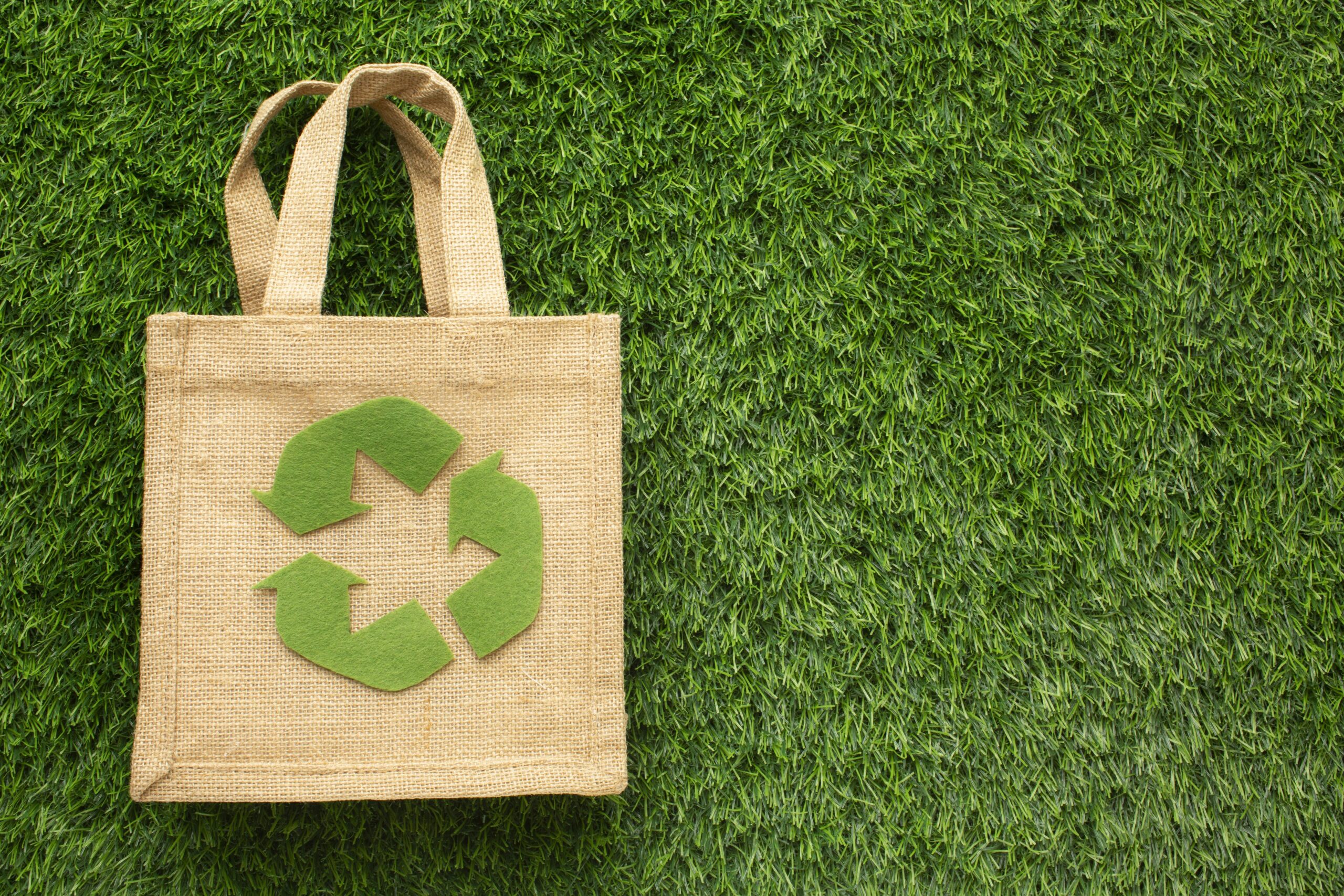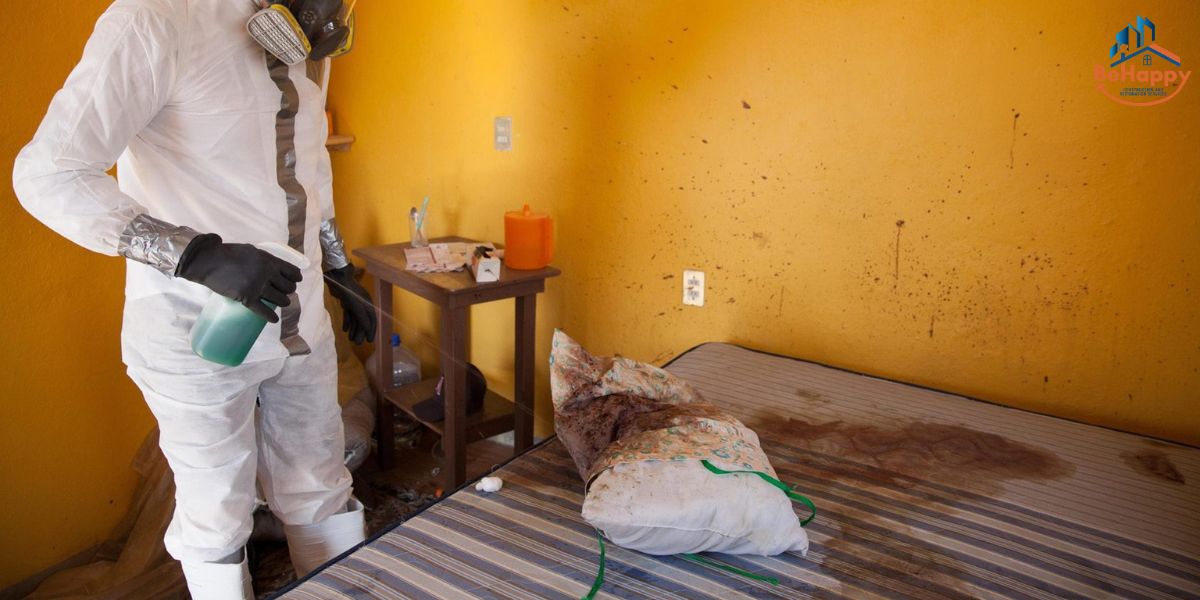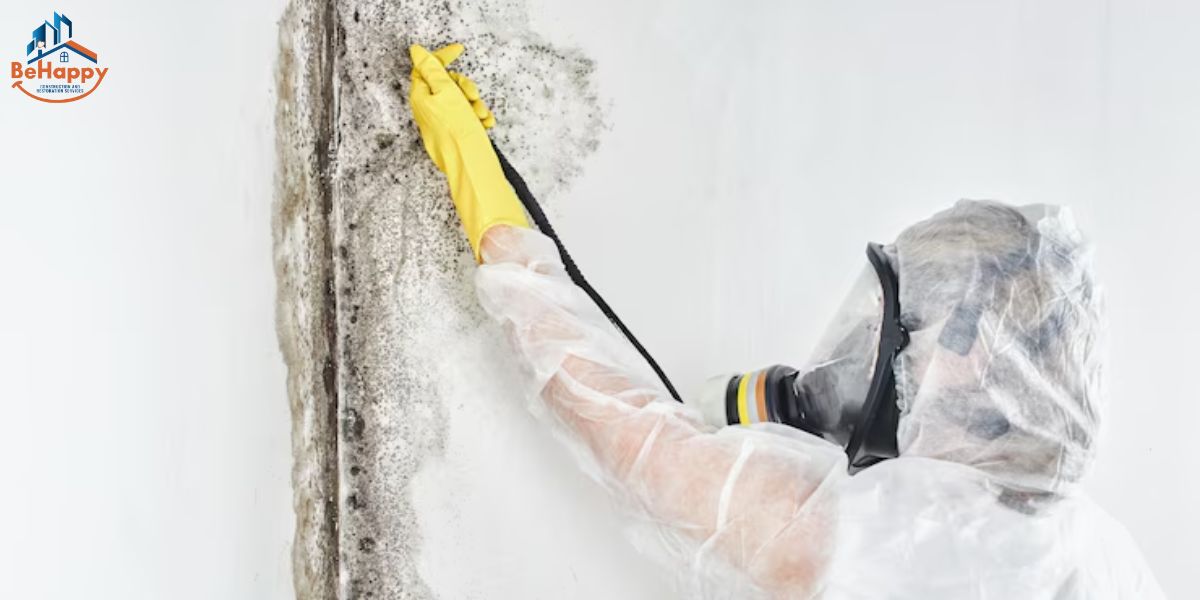We see them everywhere—from supermarkets to eco-conscious packaging: biodegradable bags. They’re marketed as the smarter, greener alternative to plastic. But have you ever wondered what actually happens after you toss one into the bin?
Do these bags really disappear like they’re supposed to? Or do they stick around—just like the plastics they were meant to replace?
Let’s uncover the real journey of biodegradable bags and what you should know before you buy into the label.
First, What Are Biodegradable Bags Made Of?
Biodegradable bags are designed to break down naturally over time. Unlike traditional plastic bags made from petroleum-based materials, these are made from plant starches (like corn or potato), vegetable oils, or other organic materials. Some even include additives that help speed up the breakdown process.
But don’t confuse them with compostable bags, which break down completely into non-toxic elements that benefit the soil (more on that later).
When You Throw Them Away… What Really Happens?
The fate of your biodegradable bag depends on how and where you dispose of it. Let’s explore the most common scenarios:
1. Thrown in a Landfill
Most biodegradable bags are thrown out with regular trash and end up in landfills. Here’s the problem: landfills are oxygen-deprived and packed tightly, which makes them a poor environment for breaking things down.
Even the most well-designed eco friendly bags will break down very slowly—or not at all—under these conditions. Worse, they might release methane gas, a harmful greenhouse gas, during decomposition in anaerobic (low-oxygen) conditions.
Verdict: Not ideal. Landfills slow or prevent biodegradation.
2. Sent for Recycling
This is another common mistake. Biodegradable and compostable bags are not recyclable and should not be mixed with plastic recycling streams. Doing so can contaminate entire batches of recycling material.
Verdict: Recycling bins are the wrong destination.
3. Composted (Properly)
Here’s where biodegradable bags can shine—when composted under the right conditions. But there’s a catch: not all biodegradable bags are compostable bags.
- Industrial composting facilities maintain the high heat and moisture needed to break down compostable materials fully.
- Home composting may work only for certain types of certified compostable bags, and even then, it takes longer.
If the packaging says “OK Compost,” “EN 13432,” or “ASTM D6400,” it’s industrial-composting friendly. Without this? Your biodegradable bag may just sit there—even in your compost pile.
Verdict: Best-case scenario—but requires correct conditions and local composting infrastructure.
4. Left in Nature or the Ocean
Many people assume that because biodegradable bags break down, it’s okay if they end up outside. This is a dangerous misconception. Out in the open, these bags degrade just as slowly as plastic—especially in dry or cold environments.
In marine environments, biodegradable materials often fail to break down quickly enough to prevent harm to wildlife.
Verdict: Biodegradable ≠ guilt-free littering.
How to Dispose of Biodegradable Bags the Right Way
If you’re using eco friendly bags, make sure you’re disposing of them properly:
- Check the label: Is it truly compostable or just “biodegradable”? Look for official certifications.
- Compost when possible: If your city offers composting services, use them. Otherwise, try home composting (if supported).
- Avoid tossing in recycling: These bags do not belong in the recycling bin.
- Reduce usage: Reuse bags when you can. The most eco-friendly option is still using fewer bags overall.
The Big Question: Are Biodegradable Bags Really Helping?
Yes—if they’re used and disposed of correctly.
Biodegradable bags are a better alternative to traditional plastic, but they’re not a magic fix. Without proper waste systems, they can still end up polluting land and sea.
The real solution lies in a combination of smarter consumption, better waste management, and public education. That’s where awareness about compostable bags and true eco friendly bags becomes so important.
What You Can Do Today
If you care about making sustainable choices, here are a few tips:
- Buy certified compostable bags for food waste or home composting.
- Avoid bags labeled only “oxo-degradable” or “biodegradable” without clear certification.
- Reuse durable eco friendly bags like cloth totes or recycled plastic options whenever possible.
- Support brands and businesses that offer genuine biodegradable and compostable packaging.
Final Thoughts
So, what really happens to biodegradable bags after you throw them away?
It depends. In the right composting environment, they break down beautifully and return to the Earth. But if sent to landfills or mixed with recycling, they may cause more harm than good.
The promise of eco friendly bags and compostable bags is real—but only when paired with correct use, proper disposal, and clear public understanding.
Being “green” isn’t just about what you buy—it’s about what you do next.



